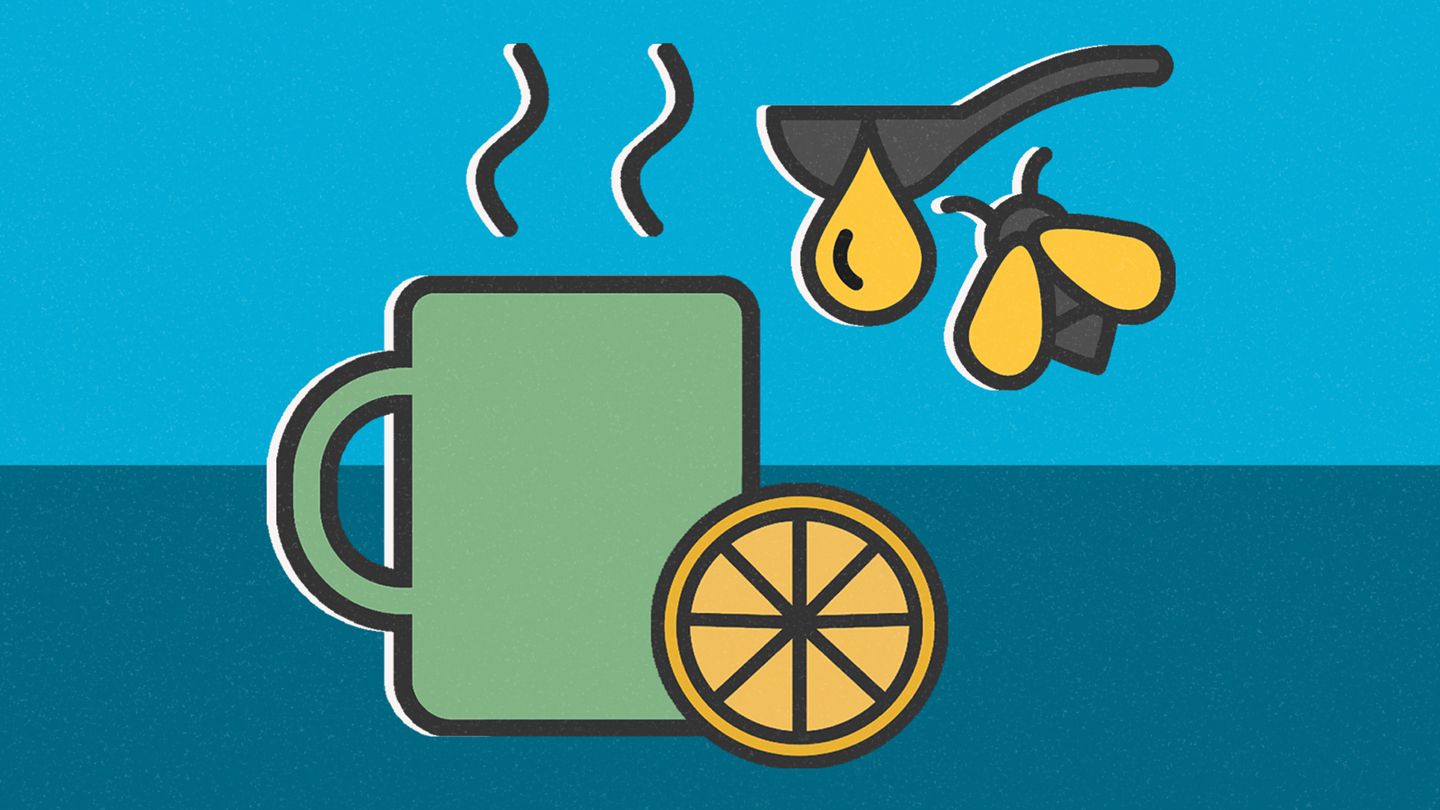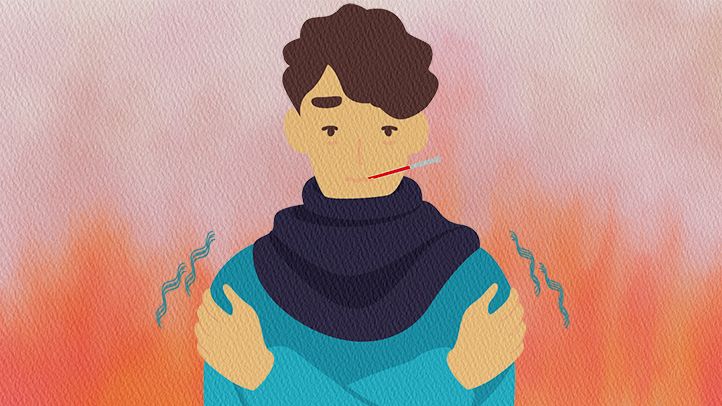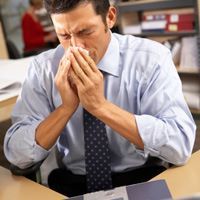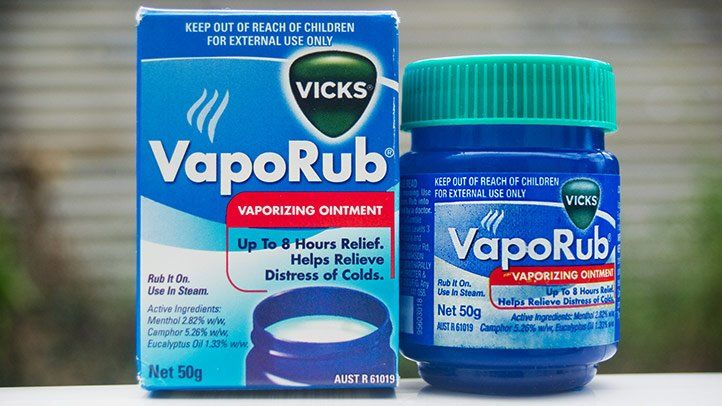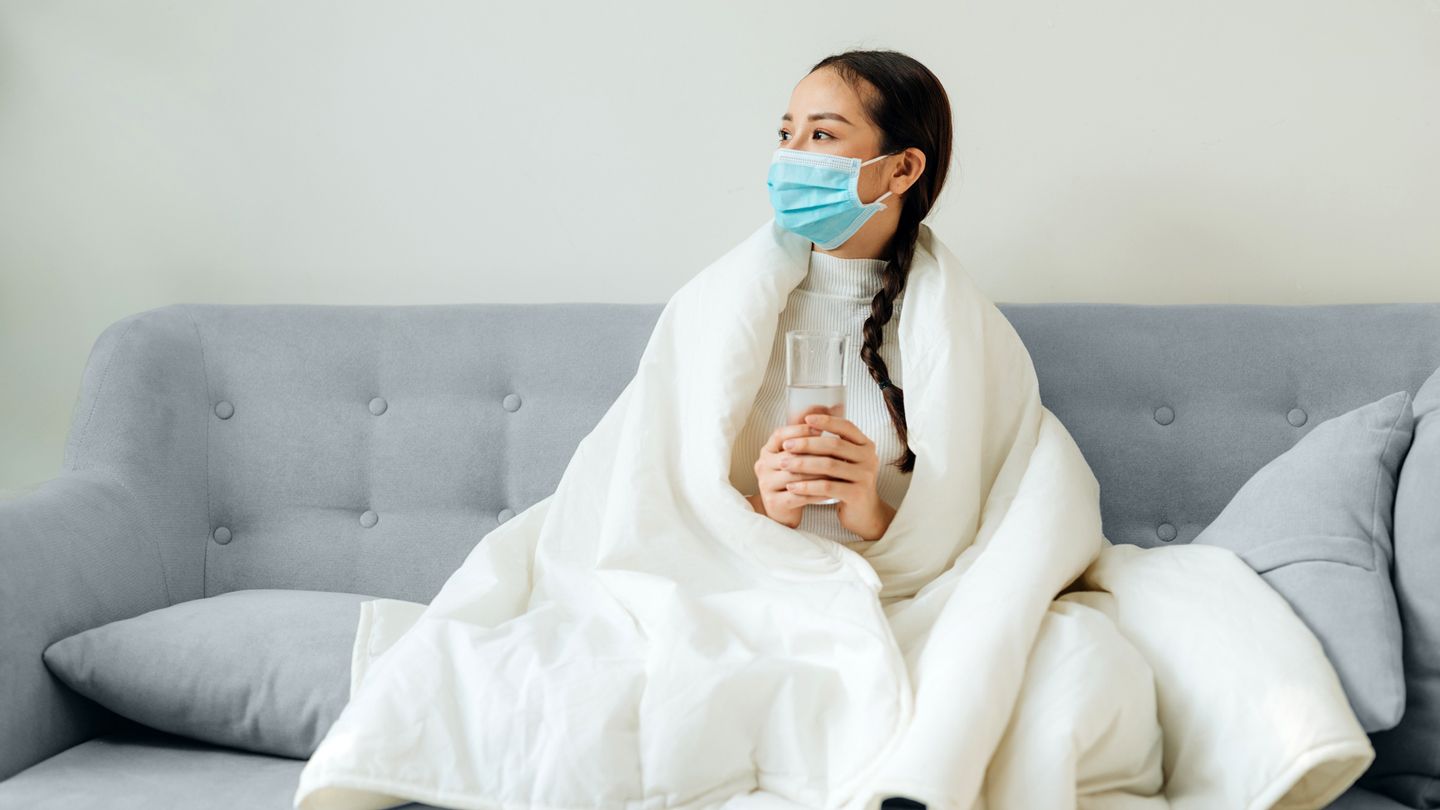Understanding the Importance of Hand Hygiene
Hand hygiene has become extremely important in recent years with the rise of new viruses and antibiotic resistant bacteria. Washing hands properly can prevent the spread of illnesses that cause millions of deaths each year. However, many people do not realize that there is actually a right and wrong way to clean your hands.
How Germs Spread from Hands
We use our hands to touch countless surfaces around us throughout the day. This allows germs to easily spread from person to person or from contaminated surfaces to our hands. According to the CDC, hands transmit about 80% of common infections. Some examples include:
- Flu
- Common cold
- Gastrointestinal infections
- Conjunctivitis
- Skin infections
- Respiratory infections like RSV, strep throat, and COVID-19
When you touch a contaminated surface, germs instantly stick to your skin. Then they can enter your body through your eyes, nose, or mouth and make you sick. This explains why hand hygiene is so vital.
Times You Must Wash Your Hands
The CDC provides guidelines on critical times to clean your hands throughout the day. This includes:
- Before, during, and after preparing food
- Before eating food
- Before and after caring for someone who is sick
- Before and after treating a cut or wound
- After using the toilet
- After changing diapers or cleaning up a child
- After blowing your nose, coughing, or sneezing
- After touching garbage
- After touching animals or animal waste
Washing hands at these times interrupts the spread of disease. It protects you and the people around you.
What is the Proper Hand Washing Technique?
These simple steps provide an effective hand cleaning process to eliminate germs:
- Wet your hands with clean running water. Warm or cold water works.
- Lather soap completely covering hands and fingers.
- Scrub for at least 20 seconds. Sing "Happy Birthday" twice to time yourself.
- Rinse well under running water.
- Dry hands with a clean towel or air dry.
Step 1: Wet Hands
Turn on the faucet to a comfortable temperature. Water does not need extremely hot to kill germs contrary to popular belief. Warm, cool, or lukewarm water all effectively wash away pathogens when used correctly.
Step 2: Apply Soap
Use bar or liquid soap to build up a good lather. Antibacterial soap provides no added benefit compared to regular soap for general hand hygiene. But medicated soaps can help certain professions like healthcare workers.
Rub your palms together to spread soap everywhere. Get the backs of hands, wrists, fingers, fingertips, and under nails.
Step 3: Scrub for 20 Seconds
Scrub all hand and finger surfaces briskly for at least 20 seconds. Sing "Happy Birthday" through twice or the alphabet song once to reach 20 seconds.
Focus on interlocking fingers, the backs of hands, and especially fingernails where grime hides. Use a palm-over-palm motion and fingertip-to-palm technique.
Step 4: Rinse
Rinse thoroughly under running water. Warm or cold temperature does not matter for rinsing.
Let water flow down from wrists to fingertips to wash away all soap and lingering germs.
Step 5: Dry Hands
Dry clean hands well on a fresh, clean towel. Pat rather than rubbing hands to avoid irritating skin.
Make sure to use a personal towel or disposable paper towel rather than a shared cloth towel to prevent recontamination.
You may also air dry hands if you wish. Just make sure hands become completely dry so pathogens cannot thrive in lingering moisture.
Common Hand Washing Mistakes
With the proper steps, washing hands only takes about 30 seconds. However, many people still do it incorrectly. Common handwashing errors include:
- Not using soap
- Rinsing too quickly
- Not scrubbing palms, backs of hands, fingers, and nails
- Not washing after contamination risks like using the bathroom
- Reusing dirty towels to dry hands
Skipping any part of the process makes handwashing less effective. Research shows that washing hands without soap barely eliminates any germs.
Forgetting to Wash Hands When Necessary
Forgetting to wash hands allows germs to accumulate and raises infection risk. Make hand hygiene part of your regular routine at crucial times.
Set phone alarms, put up signs, or pick a simple trigger. As an example, wash every time you walk into a room at home. This habit makes clean hands automatic.
Rushing the Process
Rubbing quickly with a little water and soap does not properly cleanse hands. Take at least 20 seconds per washing to scrub away infectious pathogens lurking on the skin.
Not Scrubbing the Full Hand
Scrubbing with soap must cover all parts of the hand for effective cleansing. Target fingernails, cuticles, between fingers, palms, backs of hands, wrists, and more.
Forgetting Soap
Soap actively destroys and dissolves pathogens from skin so they can rinse away. Water alone cannot break down stubborn germs. Lather up well and scrub with vigor to get hands truly clean.
How a Hand Hygiene Quiz Improves Technique
Even medical professionals at hospitals often fail hand hygiene audits. Doctors, nurses, or visiting family and friends may carry and transmit dangerous health care-acquired infections like MRSA by neglecting strict hand sanitation protocols.
Use online quizzes to test your own handwashing knowledge. Identify gaps to improve your technique and protect vulnerable patients.
Checking Knowledge of When to Wash Hands
Quizzes check if you know all recommended times for hand hygiene throughout the day. Prevent infection by washing at critical moments.
Assessing Scrubbing and Rinsing Steps
The quizzes cover proper scrub time, soap use, hand motions, rinsing technique, drying with single-use towels, and more. Isolate where your process needs improvement.
Reinforcing Good Lifelong Habits
Childhood is the best time to master infection control behaviors like handwashing. Quizzes help teach proper techniques to form lifelong habits.
Use positive reinforcement like rewards to motivate kids after completing hand hygiene quizzes to enable sustained change.
Quiz Your Hand Hygiene Knowledge Now
Handwashing seems simple, but over 90% of people still scrub incorrectly. Take the following quick quiz to test yourself on optimal hand hygiene guidelines.
True or False Questions
- Warm, cool, or lukewarm water all effectively wash hands when used properly.
- Antibacterial soap is more effective than regular soap for handwashing.
- Only healthcare workers need to use medicated soap.
- You should wash hands for at least 20 seconds each time.
- You only require soap, not scrubbing duration, to eliminate germs.
Multiple Choice Questions
<olFAQs
Why do I need to wash my hands?
Washing hands regularly removes germs that cause illnesses like flu, COVID-19, diarrhea, and skin infections. Keeping hands clean protects you and people around you from dangerous diseases.
Do I really need to use soap to wash up?
Yes, soap actively destroys disease-causing germs on hands. Water alone does not effectively eliminate contaminants. Lathering soap and scrubbing is crucial for hand hygiene.
Is cold or hot water better to wash hands?
Any temperature water works to wash away pathogens - hot, warm, cool or cold. Moderate temperatures seem most comfortable for frequent handwashing. The key is using soap and scrubbing fully.
Can I skip drying hands after washing?
No, drying hands well after washing prevents germs from spreading and growing. Use a clean personal towel, disposable paper towel or air dry until hands become completely moisture-free.
Disclaimer: This article is for informational purposes only and does not constitute medical advice. Always consult with a healthcare professional before starting any new treatment regimen.
Related Coverage
Learn about potential side effects and risks of mixing Nyquil cold medicine with the antibiotic amoxicillin. Discover safer alternative cough remedies to use while on antibiotics....
Can you safely use Advil Cold & Sinus and NyQuil together to treat cold symptoms? Learn about the interactions and side effect risks of combining these medications....
Black mist irrigation creates a fine, cooling mist to efficiently water plants. Learn the pros and cons, design considerations, installation, and ideal applications....
Do sugar-free cough drops break a fast? Find out whether using lozenges impacts insulin, hunger, digestion and if flexibility around illness is recommended....
Can you take NyQuil and ibuprofen together? While mixing some NyQuil formulations with ibuprofen is considered safe, doubling up on acetaminophen by combining certain NyQuil products with ibuprofen can risk liver damage....
Discover reasons you may feel chilled or shaky after eating including temperature changes, blood flow shifts, insulin response, and more. Get tips to prevent it....
Feeling awful but unsure if you're too sick for work? Take this quiz to decide if you should stay home and recover. Look for symptoms like fever, fatigue, infection, nausea....
Learn about the ongoing debate over just how effective Vicks VapoRub really is at treating coughs and colds. Get the facts on ingredient safety concerns and tips for proper usage....
Honey & onions make an exceptional cough remedy when paired. Learn antioxidant-rich recipes like syrups, teas, poultices using their antibacterial and anti-inflammatory power....
GetNosey with mind-blowing runny nose facts plus hilarious mucus and phlegm jokes! Learn astonishing nasal discharge truths embracing snot sensations humorously....
